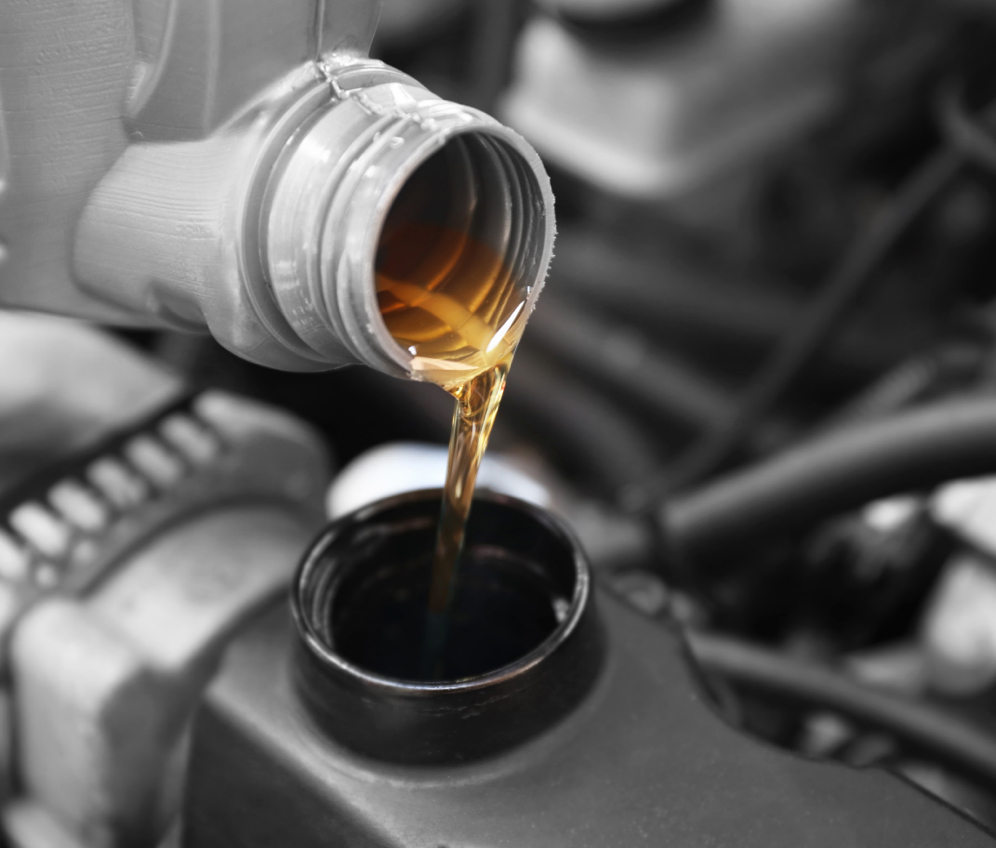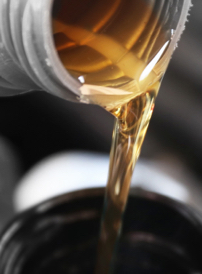ATC Code of Practice
A Code of Practice devised by the members of the European lubricant additive industry. The Code is intended to aid continuous improvement in the development of engine lubricants and the consistency and validity of performance claims made for them. The Code specifies engine tests, procedures and record keeping.
This Code of Practice has been voluntarily devised by representatives of member companies of the Additive Technical Committee AISBL (ATC). Compliance with the Code is voluntary and is not restricted to ATC members. The Code is intended to encourage both the consistent and precise operation of engine testing and the consistent reporting of results during the performance evaluation of automotive lubricant formulations. It is also intended to generate a body of reference data and knowledge concerning the precision and consistency of operation
of test methods embraced by the Code.

ACEA Sequences
• ACEA European Oil Sequences cover light duty passenger cars & heavy duty trucks.
• The ACEA Oil Sequences are updated regularly to address:
– Changes in European legislation
– Changes in engine technology
– Changes in fuel composition
– The current issue of the Oil Sequences is ACEA Sequences 2023 for Light-Duty Engines and ACEA sequences 2024 for Heavy-Duty Engines.
The sequences define the minimum quality level of a product for presentation to ACEA members. Individual member companies may indicate performance parameters other than those covered by the tests shown or more stringent limits.
The two new Categories published in ACEA 2023 for Light-Duty Engines introduce several new performance parameters and give oil marketers an opportunity to demonstrate the performance of their lubricants in the most modern vehicle technology.
The two new Categories, C6 and A7/B7, for the first time introduce LSPI, timing chain wear and diesel turbocharger performance limits into the ACEA Sequences, and C6 includes a new fuel economy test.
No changes to ACEA 2022 Heavy Duty legacy categories. The most significant change for ACEA sequences Heavy-Duty Engines 2024 is the introduction of a new engine oil category F01-24. Other elements: Low HTHS version of E11-22: 2.9 – 3.2; Alignment with API FA-4; Introduction of new consumer language tables; On-highway and Off-highway.


